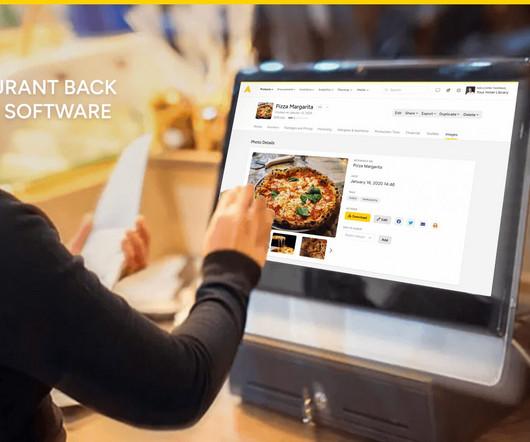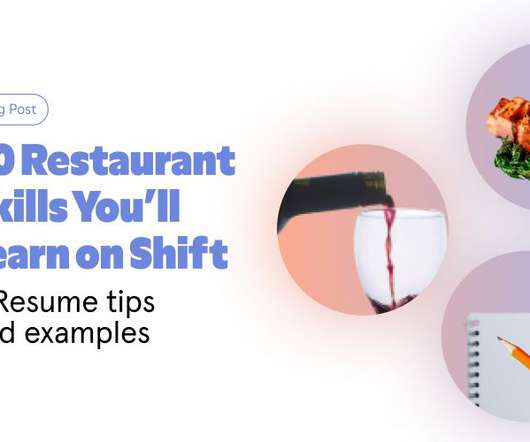The Comprehensive Guide to Restaurant Back Office Software For Multi-site Operations
Apicbase
APRIL 11, 2024
The success of a food service business depends on how well its restaurant managers manage purchasing and inventory and how good the chefs are at creating profitable recipes. The restaurant back office, or back of house (BOH), is the non-customer-facing side of the restaurant business.















Let's personalize your content